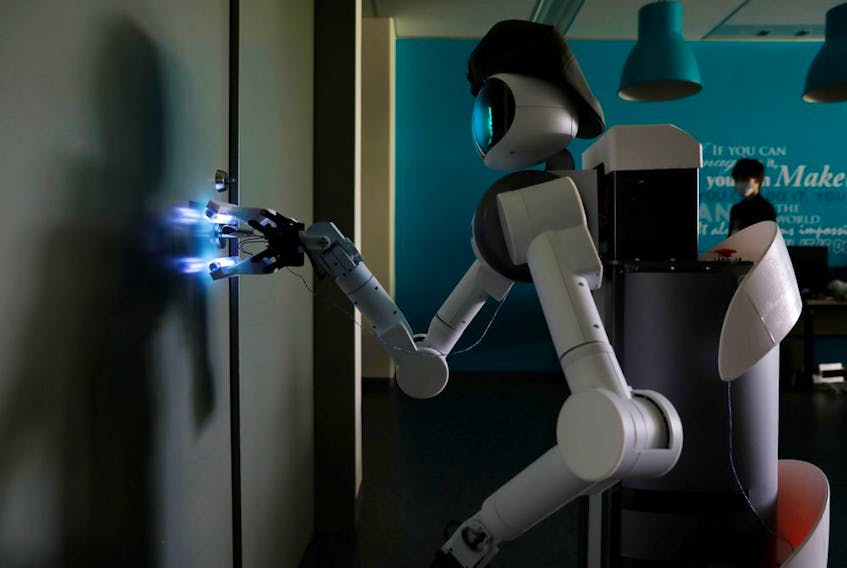It is said pressure can burst a pipe or make a diamond. Sadly, for thousands of Canadian seniors, the pressure brought about by COVID-19 on care homes across this country resulted in the former rather than the latter.
The full reckoning of the horrific toll taken on the most vulnerable of Canadians won’t be fully felt and truly exposed until we’re eventually free of this virus and can take stock. But we know enough already from brutal statistics to understand how dreadful is the outcome.
Perhaps that systemic failure was always there, previously claiming old folk before their time courtesy of the annual flu season. Being out of sight for most of us, they were therefore out of mind.
However, the wider infectious swath cut by COVID-19 makes such previous convenient blindness impossible. After all, we too are potential victims, so when the death tolls are announced each day, province by province, our ears are more attuned and therefore the ugly truth can’t be ignored.
And it is indeed ugly: We’re talking about the deaths of more than 6,000 older Canadians.
According to the Canadian Institute for Health Information , our country’s long-term care residents account for four out of every five deaths caused by this virus. That compares to four out of 10 in countries such as the United States, Australia, Spain and the United Kingdom.
In Alberta, four facilities alone have accounted for 79 deaths — more than half the fatalities in the entire province — while in Montreal a single care home saw 102 of its residents die. That’s absolutely shocking.
In addition, about 10,000 long-term care staff were infected by COVID-19, almost one in 10 of all Canadians affected.
The blame game is beginning. The prime minister is pointing fingers at the provinces, as they have jurisdiction over long-term care. Meanwhile, they are pointing fingers back at Ottawa, calling for more money to tackle the issue. In addition, most facilities are privately run so standards vary immensely.
No doubt the rhetoric will increase as more horror stories arise regarding seniors left to suffer and die alone, cast adrift from family and proper medical and emotional support during their last, lonely days. In some cases in Quebec, almost the entire staff quit out of fear, leaving patients starving and unwashed.
But while the pressure of this pandemic exposes the system’s fault lines, it also gives an opportunity to find a better way to care for older Canadians, once looked after in close-knit families but now often left alone in a society where such ties are vanishing.
And we need to do so because the huge bulge of baby boomers is approaching that stage in life where care homes are no longer some place for mom and dad but increasingly look the likely last stop along their own mortal coil.
New approaches are needed and what better place to look than Japan, a country with huge numbers of old folk amid a dwindling overall population.
Their answer, brought about by necessity, is robots.
Even before COVID-19 struck, Japanese care homes were using robots to care for both the physical and mental needs of seniors. The latest models are capable of carrying seniors, dispensing medications, answering questions and treating people as individuals — imagine upgraded digital assistants such as Alexa or Siri complete with facial recognition technology that can also move about.
During this health crisis, adaptations have been made so robots’ hands emit UV light, zapping any virus on surfaces such as door handles or counters.
Of course, humans still oversee such a system, but with a workforce that doesn’t complain, never tires, gets grumpy or leaves en masse because of fear, the advantages are immense. And robots can be disinfected in minutes.
Alberta should take note. Let’s look forward and not simply patch up a system: one that will be tested increasingly in future years. We owe it to our seniors and, soon enough, to ourselves.
Chris Nelson is a regular columnist with the Calgary Herald.
Copyright Postmedia Network Inc., 2020









